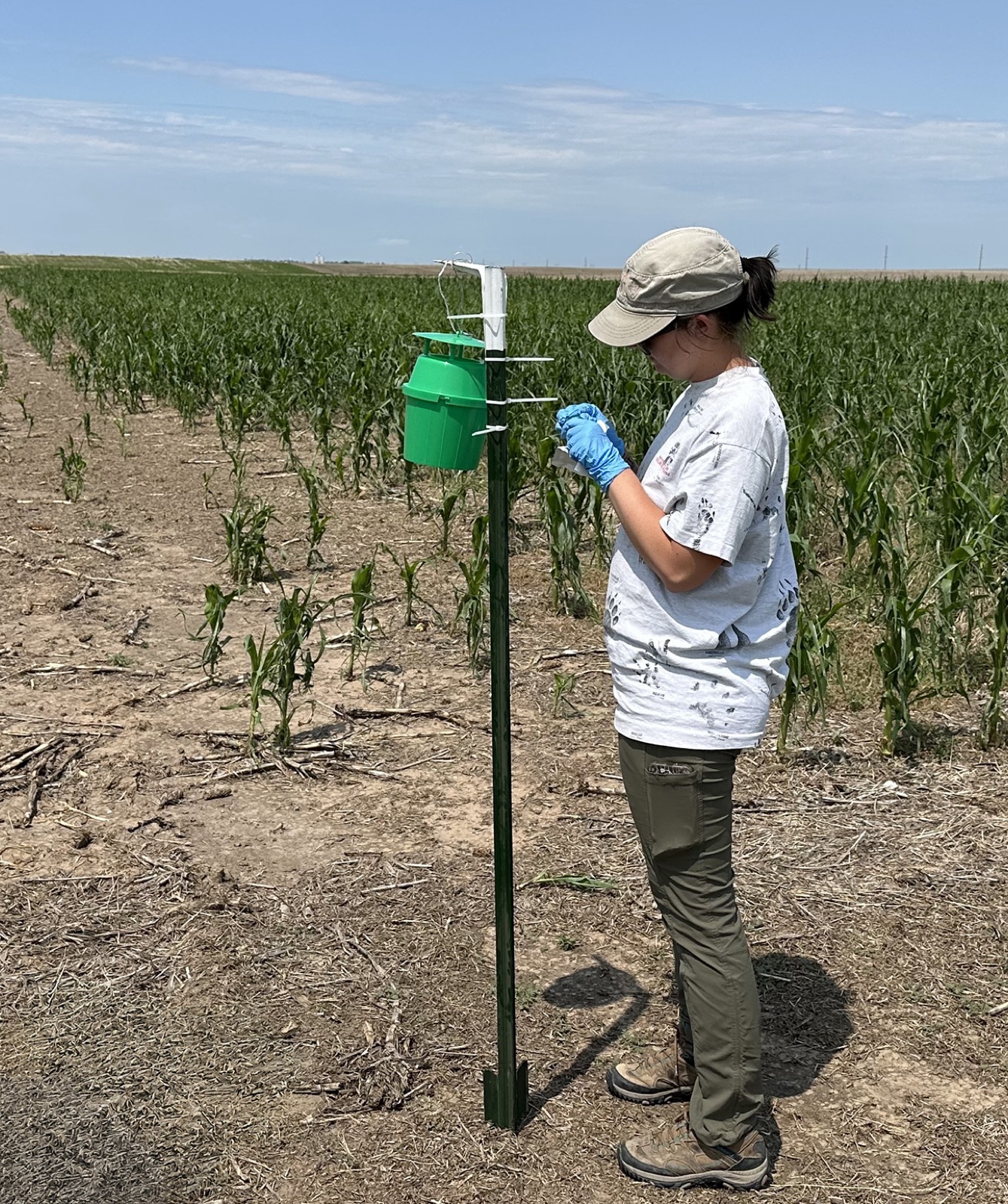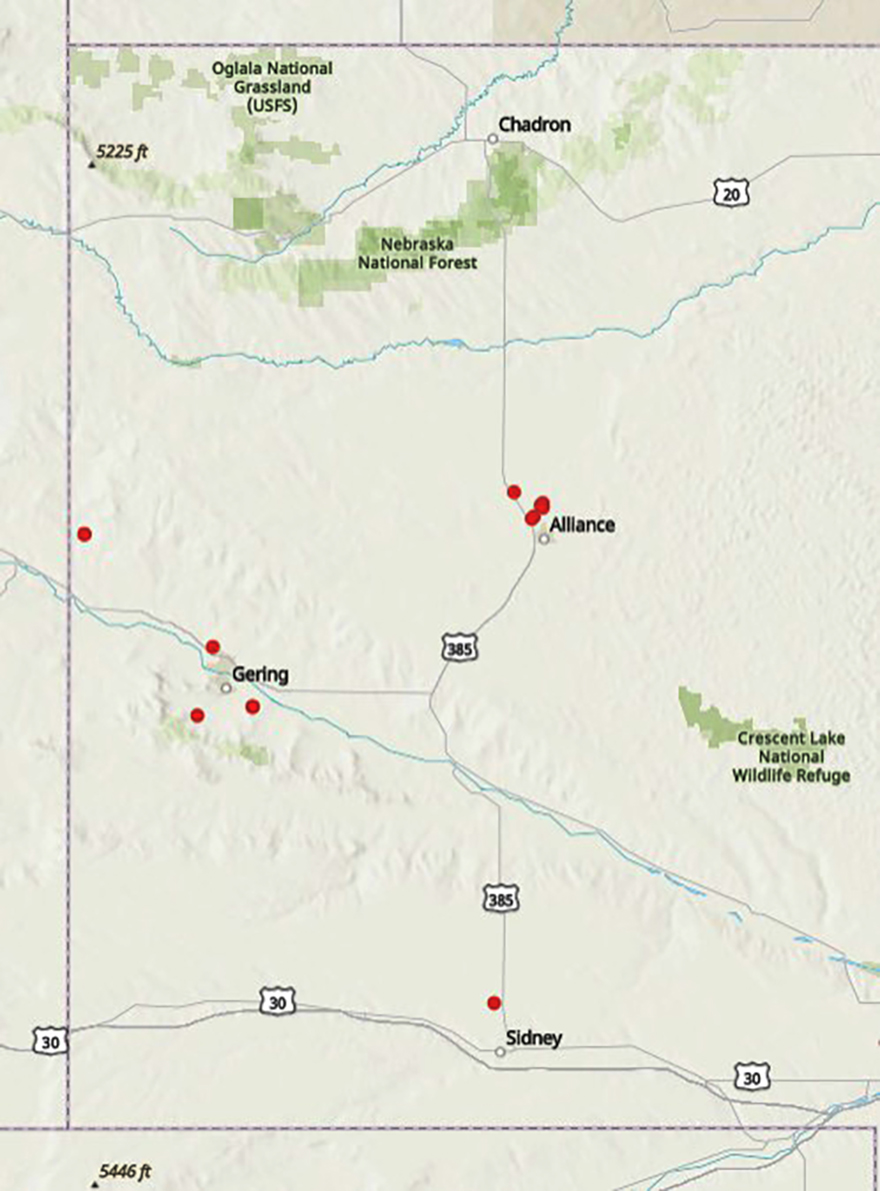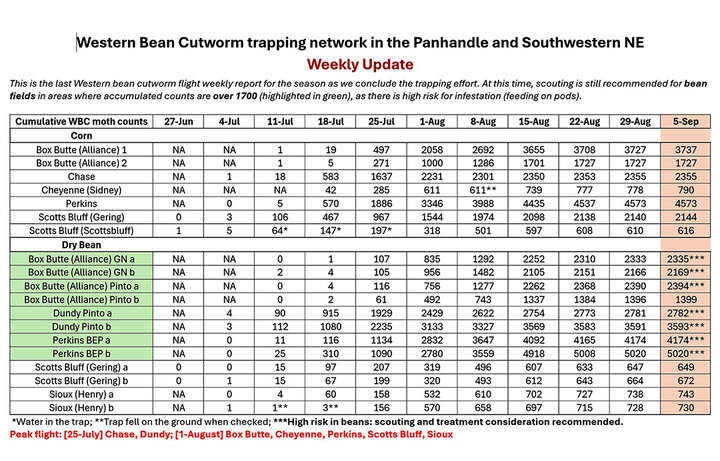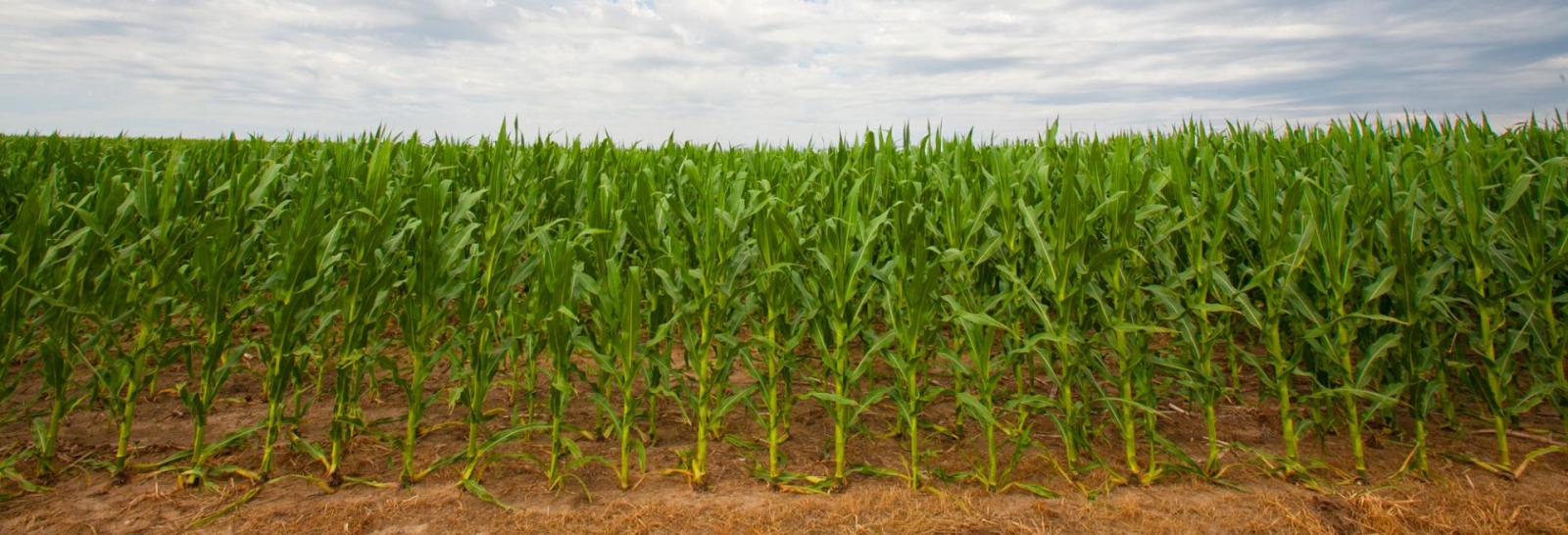Western bean cutworm can be a serious pest in corn and dry beans. When their population or infestations exceed thresholds, insecticide treatment is warranted, and timely treatment is crucial for management success.

Green bucket pheromone traps (Figure 1) were deployed in several regions in the Panhandle (Figure 2), and the moth flight numbers are picking up (Table 1). According to degree-days prediction, moth flight will likely peak on July 16 in Scottsbluff and on July 25 in Sidney and Alliance, which is earlier than those from 2022-2024. A match between moth flight and the late whorl to early tassel stage of corn can result in high levels of infestation.
We recommend scouting for western bean cutworm egg masses in corn fields immediately. Scouting can be done by using UNL’s speed scouting app or spreadsheet, and more information can be found in this article.
Corn hybrids with effective Bt protein VIP3A will not need to be treated. Hybrids with Cry1F or without Bt protection against western bean cutworm need to be scouted and treated if above the economic threshold. Insecticide treatment is recommended if 5-8% if the corn plants have egg masses or larvae (Figure 3), and the treatment should be made when 95% of the plants in a field have tasseled.
See more information on treatment recommendations and insecticide options here.


Western bean cutworm is difficult to scout in dry bean. Moth flight data are helpful to predict infestation risk levels. Recent research from UNL established the relationship between conventional milk jug traps and other trapping methods, including the green bucket trap. The green bucket trap was found to capture more moths and had improved accuracy. Nominal thresholds for moth capture by green bucket traps were revised and converted from the milk jug thresholds.
If the cumulative moth catch at the peak moth flight (50% emergence) per green bucket trap is <1,200 (700 in milk jug traps), between 1,200 and 1700 (700-1,000 in milk jug traps), and >1,700 (1,000 in milk jug traps), the risk of significant damage is low, moderate and high, respectively.
Note that this is a risk assessment — actual bean damage and economic risk from larval feeding require scouting, and risk will increase if harvest is delayed or windrowed beans remain on the ground for an extended period of time in the fall.

Moth numbers caught in dry bean fields are low (Table 1). Cumulative moth catch numbers will be updated weekly in this article, as well as on the PREEC website and Facebook page.
The trapping network is supported by North Central IPM Center. Green bucket traps are monitored by UNL PREEC Entomology Lab (Scotts Bluff and Sioux counties), John Thomas (Nebraska Extension educator, Box Butte County), Samantha Daniel (Nebraska Extension educator, Chase, Dundy and Perkins counties), and Dr. Vinicius Zuppa (Nebraska Extension educator, Cheyenne County). Weekly trap data are compiled by UNL PREEC Entomology Lab.
